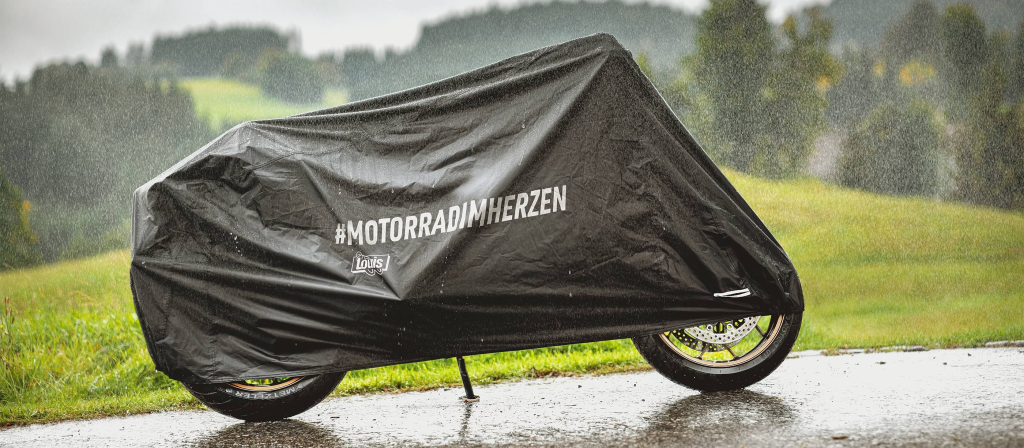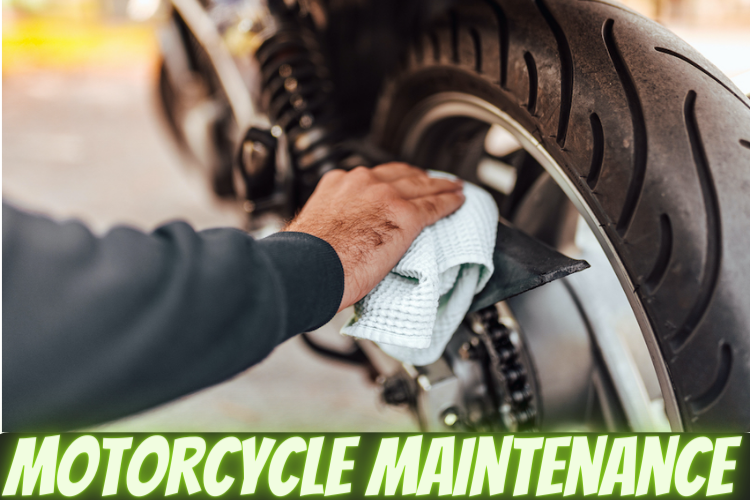How to Winterize a Motorcycle
If there’s one thing I’ve learned over the years riding in Canada – to winterize your motorcycle means avoiding rust and corrosion to the frame and chain, gummed up fluids, dead batteries, flat spots on the tires – the list goes on. Winterizing your motorcycle in the chilly months isn’t just a routine maintenance task – it’s a way to ensure your bike remains in top-notch condition, ready to hit the open road when spring comes around.
With a little bit of elbow grease and know-how you can get proactive and protect your investment by cleaning and waxing to prevent corrosion, changing out fluids and lubricating moving parts, using a battery tender to keep your battery fresh, and storing your bike somewhere dry to protect it from the elements.
In this article, I’ll guide you through the essential steps of winterizing your motorcycle to make sure your motorbike is well-cared for, so you can focus on enjoying the freedom and adventure that comes with riding.
Before we dive into the how-to, let’s understand the benefits of winterizing your bike:
- Preventing Corrosion: Winter weather can be brutal, with moisture that can lead to rust and corrosion on various parts of your motorcycle, from the frame to the exhaust and chain. Winterizing protects against this.
- Maintaining Battery Life: Cold temperatures can be a real drain on your battery charge. By properly preparing your battery for winter, you’ll ensure it stays healthy and ready to go when the riding season returns.
- Preserving Tire Performance: Winter can be tough on tires, but by following the right winterizing steps, you can extend the life of your rubber and therefore maintain their top-notch performance.
- Safeguarding Fluids: Winterizing prevents fuel system issues, brake fluid problems, and other fluid-related complications caused by the cold, ensuring your bike stays running smoothly.
- Saving Time and Money: Spending a little time and effort on winterizing now means avoiding costly repairs and headaches down the line. It’s also an investment in your bike’s longevity.
Here’s how to prepare your motorcycle for winter, step-by-step:
Fluids and Lubrication: Check and change the engine oil, brake fluid, and coolant if needed. Lubricate cables and moving parts to prevent seizing.
Battery Care: Remove the battery and store it in a warm, dry place. Use a trickle charger to maintain its charge. Keep an eye on the water levels if applicable.

Tire Inspection: Check the tire pressure and adjust it to the manufacturer’s recommendations. Inspect the tires for wear and consider using tire stands to prevent flat spots.

Cleaning and Waxing: Give your motorcycle a thorough cleaning to remove dirt, grime, and salt residue. Then, apply a protective coat of wax to safeguard the paint and metal surfaces.
Here are Some Storage Tips for Winter
Find the Right Shelter: Ideally, store your motorcycle in a dry, sheltered area like a garage. If that’s not an option, consider renting a storage unit.

Use a Motorcycle Cover: Invest in a high-quality, breathable cover to protect your bike from dust and moisture while in storage.

Elevate the Tires: Use stands or paddock stands to slightly lift the tires off the ground. This prevents flat spots and keeps your rubber in top shape.
Fuel Stabilization: Add a fuel stabilizer to the gas tank and run the engine for a bit to ensure the stabilizer reaches the fuel system. This prevents fuel from deteriorating.
Tips for Maintaining Your Bike During Winter
Start the Engine: Occasionally start your motorcycle during the winter, letting it run for a few minutes. This helps circulate fluids and prevents seals from drying out.
Lubrication: Apply chain lube and lubricate any exposed cables and levers to prevent rust and ensure smooth operation.

Periodic Inspections: Perform regular checks to look for any issues that might have developed during storage, like signs of pests or moisture damage.
Cold Weather Motorbiking Tips
Gear Up: If you plan to ride during winter, invest in high-quality cold-weather riding gear, like insulated gloves, heated grips, and a thermal neck gaiter.

Ride Safely: Always warm up the engine before setting off and be extra cautious when riding in cold conditions…watch out for icy patches and maintain a safe following distance.
When spring arrives, before riding after the winter, first, prepare your bike. The following are the three key steps to follow so that you can confidently start up your motor bike and hit the open road. First, check your tire pressure; second, your lights; and third, check all fluids before you go out on your first ride.
If you’re one of those hard core types who still rides in the winter, mad respect! Just make sure you gear up properly with enough thermal layers. Let your engine warm up before taking off…and be extra careful on the roads – watch for ice and give yourself plenty of stopping distance.
So I hope you got value from this guide for winterizing your motorcycle. Believe me, it’ll be worth it! . It may seem like a bit of work, but trust me, come springtime when you’re back out on the open road with a perfectly tuned bike, then it’ll all feel worth it.
Discover our uploaded Podcast: https://motorbike101.com/motor-bike-101-the-podcast/
DON’T FORGET TO SUBSCRIBE MY YOUTUBE CHANNEL: https://www.youtube.com/@Motorbikes101




